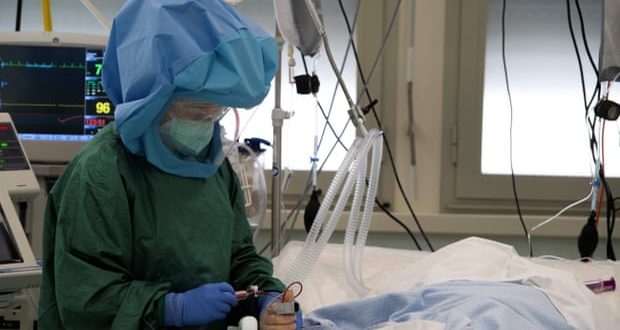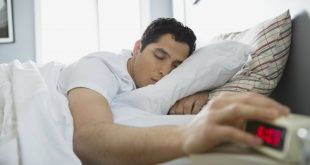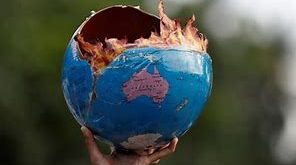Covid-19 can leave the lungs of people who died from the disease completely unrecognisable, a professor of cardiovascular science has told parliament.
It created such massive damage in those who spent more than a month in hospital that it resulted in “complete disruption of the lung architecture”, said Prof Mauro Giacca of King’s College London.
In findings that he said showed the potential for “real problems” after survival, he told the Lords science and technology committee that he had studied the autopsies of patients who died in Italy after 30 to 40 days in intensive care and discovered large amounts of the virus persisting in lungs as well as highly unusual fused cells.
“What you find in the lungs of people who have stayed with the disease for more than a month before dying is something completely different from normal pneumonia, influenza or the Sars virus,” he said. “You see massive thrombosis. There is a complete disruption of the lung architecture – in some lights you can’t even distinguish that it used to be a lung.
“There are large numbers of very big fused cells which are virus positive with as many as 10, 15 nuclei,” he said. “I am convinced this explains the unique pathology of Covid-19. This is not a disease caused by a virus which kills cells, which had profound implications for therapy.”
His evidence came as the Lords committee heard from medical scientists and doctors grappling with the nature of Covid-19 six months after its emergence in Europe, its behaviour, treatments, vaccines and the possibility of immunity.
Sir John Bell, a professor of medicine at Oxford University who is a member of the government’s coronavirus vaccine taskforce, said attempts to understand whether people who have had the disease gather any immunity would need to be tested during a second wave of infections in the UK, which he said was now likely.
“Given the lockdown has now been largely released, we are now back in action and we still have a pretty reasonable level of infections in the community, I would be very surprised if we avoided a second wave,” he said. “I think the real question is are we going to have a number of outbursts and then a second wave or are we just going to get a second wave.”
A new peak would likely allow Public Health England to test immunity on about 100,000 healthcare workers who had tested positive and so might have antibodies, he said. Whether they get reinfected will help show how immunity works but without a new peak it will be hard to find out.
The committee also heard from Prof Adrian Hayday, the chair of the department of immunobiology at King’s College London, who supported arguments that socioeconomic factors were key to understanding why there had been high levels of infections among black and minority ethnic communities in the UK.
“In studies of patients in London hospitals, black, African, Asian and minority groups show higher rates of admission to hospital, which shows they are more likely to have become infected under conditions where the virus dose is maybe high,” he said.
“But once they are in hospital they do just as well as anybody. The hypothesis is they are disproportionately suffering from socioeconomic factors that make them more likely to receive high-frequency, high doses of infection. That is not to say the hypothesis is correct, but it is perfectly valid until proven otherwise.”
The Guardian
 Lebanese Ministry of Information
Lebanese Ministry of Information



